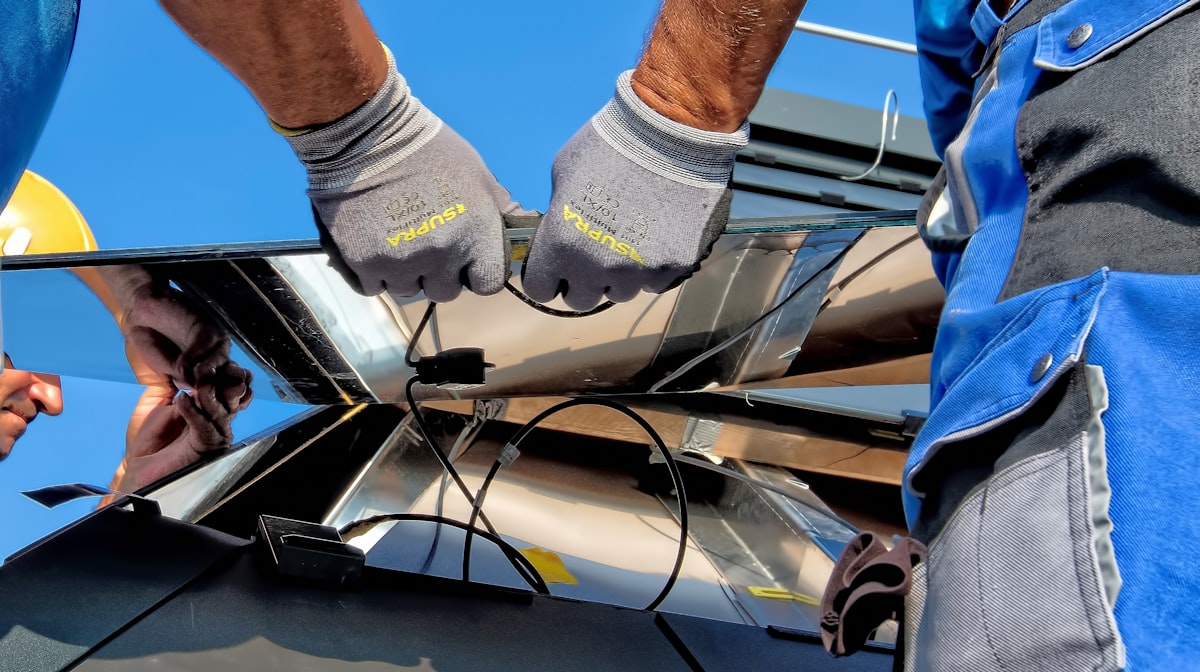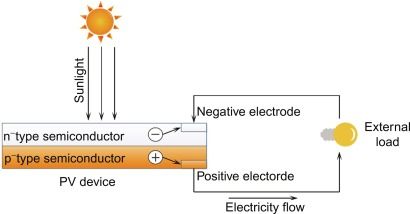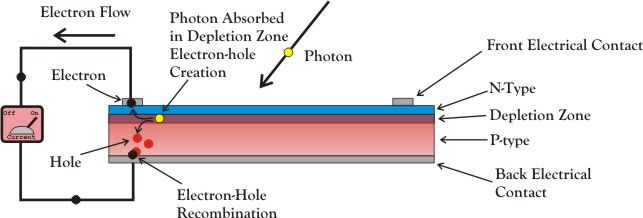The Science Behind Solar Panel Systems: How Do They Work?

Solar panel systems have been rapidly gaining popularity in recent years as a clean and renewable source of energy. However, not everyone understands how these systems convert the sun's energy into usable electricity for our homes and businesses. In this blog post, we will delve into the technical details of how solar panel systems work and provide a comprehensive explanation of the science behind it.
The Photovoltaic Effect At the heart of solar panel systems lies the photovoltaic effect.

This is the process by which solar cells absorb incoming sunlight to generate an electrical current. This electrical current is then captured by plates and wires, transforming it into a usable energy current that is sent to homes and appliances. The photovoltaic effect occurs when photons, or particles of light, knock electrons free from atoms, generating a flow of electricity.
The Conversion of Solar Energy into Usable Electricity Once the electrical current has been generated through the photovoltaic effect, it is captured by plates and wires and transformed into usable energy. This energy is then directed to an inverter, which converts it from direct current (DC) to alternating current (AC). This is the type of electricity that is used in homes and businesses, and it can be used to power all the electrical appliances in a property.
The Role of Photons and Electrons
Photons and electrons play a crucial role in the solar panel system. Photons are particles of light that are produced by the sun. When these photons strike the solar cells, they knock electrons free from atoms, generating a flow of electricity. This flow of electricity is captured by the plates and wires and transformed into usable energy.

The workings of a solar panel system can be traced back to our understanding of semi-conductors and how they relate to the creation of solar cells. A solar cell is essentially a PN junction with a large surface area, where the N-type material is kept thin to allow light to pass through to the PN junction.
A PN junction is a type of semiconductor device that is used in solar cells and other electronic components. It's created by joining two different types of semiconductor material together, one called "p-type" and the other called "n-type." The p-type material has more holes (spaces where electrons can move) and the n-type material has more electrons. When these two materials are joined, the electrons from the n-type material flow into the holes in the p-type material, creating a region where there are no free electrons or holes. This region is called the depletion zone and is where the photovoltaic effect takes place in a solar cell. When light is absorbed by the material, it can cause electrons to be dislodged and flow through the wire, creating a flow of electric current.
When light, in the form of photons, reaches the PN junction, it generates an electric current within the depletion zone of the junction. The depletion region is the area around the PN junction where electrons from the N-type silicon have diffused into the holes of the P-type material. When a photon of light is absorbed by an atom in the N-Type silicon, it causes an electron to become dislodged, creating a free electron and a hole. These free electron and hole have sufficient energy to jump out of the depletion zone.
By connecting a wire from the cathode (N-type silicon) to the anode (P-type silicon), electrons flow through the wire. The electrons are attracted to the positive charge of the P-type material and flow through an external load (meter), creating a flow of electric current. Meanwhile, the hole created by the dislodged electron is attracted to the negative charge of the N-type material and migrates to the back electrical contact. Finally, as the electron enters the P-type silicon from the back electrical contact, it combines with the hole, restoring the electrical neutrality.
Put simply....
Imagine you have a special box that can catch the energy from the sun and turn it into electricity to power your toys and TV. This box is called a solar panel.
The solar panel has tiny pieces inside called solar cells. They work by using the energy from the sun to push tiny particles called electrons to move in a certain direction, which creates electricity.
Think of it like a ball moving down a hill - once it starts rolling, it keeps going and creates energy. That's what happens with the electrons in the solar cell. They start moving and create a flow of electricity that we can use to power our things.
Advantages and Challenges of Solar Panel Systems Solar panel systems offer numerous advantages as a source of energy.
The most significant benefit is that they are clean and renewable. This means that they do not produce harmful emissions, such as carbon dioxide, which contributes to global warming. Furthermore, they provide energy independence and grid stability. The use of solar energy also reduces our dependence on non-renewable sources of energy, such as oil and gas. However, there are also challenges associated with solar panel systems. For example, they require a significant initial investment, and their performance is dependent on weather conditions.
Solar panel systems are a cutting-edge technology that allows us to harness the power of the sun and convert it into usable electricity. By understanding the technical details of how they work, we can appreciate the potential of these systems to provide clean and renewable energy for our homes and businesses. Whether you are an engineer, an environmentalist, or simply a homeowner looking to reduce your carbon footprint, the science behind solar panel systems is well worth exploring.